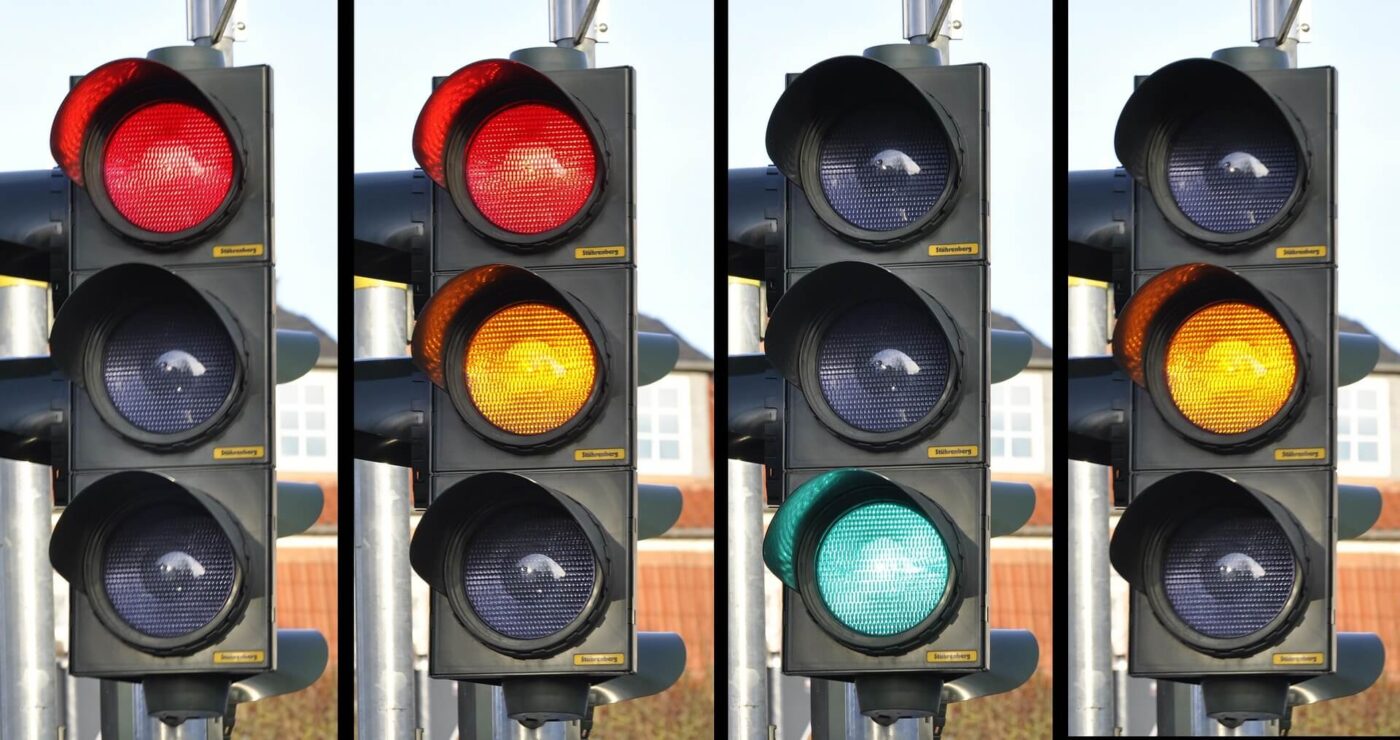As urban centers expand and traffic volumes increase, the challenges associated with road safety and congestion are becoming more critical than ever. Traditional traffic control systems, largely reliant on fixed timing schedules, are proving inadequate in adapting to real-time road conditions. In response, cities around the world are beginning to adopt Smart Traffic Lights, a modern solution designed to revolutionize the way vehicles move through intersections. But do these high-tech systems truly represent the future of road safety?
What Are Smart Traffic Lights?
Smart Traffic Lights are a part of a broader category known as Intelligent Transportation Systems (ITS). Unlike conventional traffic lights that operate on pre-set timers, smart systems use a combination of sensors, cameras, artificial intelligence (AI), and sometimes even vehicle-to-infrastructure (V2I) communication to adapt in real-time to traffic conditions.
These traffic lights gather live data on vehicle flow, pedestrian movement, and even weather conditions. This information allows them to make intelligent decisions, such as extending a green light for a congested lane or clearing intersections for emergency vehicles.
Improving Traffic Flow and Reducing Congestion
One of the main goals of Smart Traffic Lights is to optimize traffic flow. Traffic congestion doesn’t just waste time—it also leads to increased fuel consumption and greenhouse gas emissions. By adjusting signal patterns dynamically, smart systems can significantly reduce idle times at intersections.
For example, during rush hour, a smart light might prioritize the direction with heavier traffic, thereby reducing the overall wait time. Likewise, during off-peak hours, these lights can switch to flashing yellow or even stay green for longer durations, depending on real-time conditions. This flexibility helps create a smoother flow of vehicles, which ultimately contributes to safer driving environments.
Enhancing Pedestrian and Cyclist Safety
Modern cities are placing a higher emphasis on multi-modal transportation, which includes pedestrians, cyclists, and public transit. Smart Traffic Lights are being developed with all road users in mind. Some systems can detect the presence of pedestrians at crosswalks or even communicate with smartphone apps for visually impaired individuals.
Cyclists can benefit from bike-priority signals or dedicated traffic phases that reduce the risk of collisions with turning vehicles. These features are part of a broader initiative to build safer, more inclusive roads for everyone.
Role in Accident Prevention
At their core, Smart Traffic Lights aim to reduce the likelihood of accidents, especially at high-risk intersections. Studies have shown that adaptive traffic signal systems can lower the rate of red-light running—a major cause of side-impact collisions. In addition, the real-time responsiveness of these systems means they can adapt to unusual scenarios, such as road obstructions, broken-down vehicles, or sudden changes in weather.
Some smart systems are even connected to local emergency services. In the event of an approaching ambulance or fire truck, the traffic light system can automatically change signals to clear a path, allowing emergency responders to reach their destination faster and more safely.
Integration with Smart Cities and Connected Vehicles
As more vehicles become equipped with internet connectivity and autonomous features, Smart Traffic Lights are positioned to become a critical component of the smart city ecosystem. These lights can communicate directly with vehicles, alerting them to upcoming signal changes, pedestrian activity, or potential hazards ahead.

This level of connectivity is especially crucial for the future of autonomous vehicles, which will rely heavily on environmental inputs to make decisions. By acting as real-time data hubs, smart traffic systems help pave the way for safer, more efficient urban mobility.
Real-World Applications and Success Stories
Cities like Los Angeles, London, and Singapore have already begun implementing Smart Traffic Lights as part of their traffic management strategies. In Pittsburgh, for instance, a pilot program using AI-powered traffic signals resulted in a 25% reduction in travel time and a 40% decrease in vehicle idling times.
These success stories are proving that investing in smart infrastructure can yield tangible improvements in both traffic efficiency and safety metrics. As technology continues to evolve, it’s likely that more municipalities will follow suit, driven by the dual goals of reducing road fatalities and improving the daily commute.
Challenges and Considerations
Despite their numerous benefits, the widespread adoption of Smart Traffic Lights is not without challenges. High implementation costs, the need for robust data infrastructure, and privacy concerns are just a few of the barriers that cities must address. Additionally, there’s a learning curve for both drivers and city planners in understanding how to best utilize and integrate these systems.
Furthermore, coordination among different agencies—transportation departments, law enforcement, and emergency services—is essential to ensure seamless operation. Without a unified approach, even the most advanced technology can fall short of its full potential.
The Road Ahead
The journey toward safer roads is a multifaceted one, involving better driver education, more efficient infrastructure, and advanced technology. Smart Traffic Lights represent a powerful tool in this endeavor, offering data-driven solutions to age-old traffic problems. With their ability to adapt to real-world conditions in real time, these systems are not just about convenience—they’re about saving lives.
As cities continue to grow and transportation needs evolve, the question isn’t whether Smart Traffic Lights are the future—it’s how quickly we can make them the present.
Conclusion:
Smart Traffic Lights are poised to be a game-changer in urban mobility and road safety. By improving traffic flow, reducing accidents, and integrating with future transportation technologies, they stand as a vital part of the intelligent cities of tomorrow.

